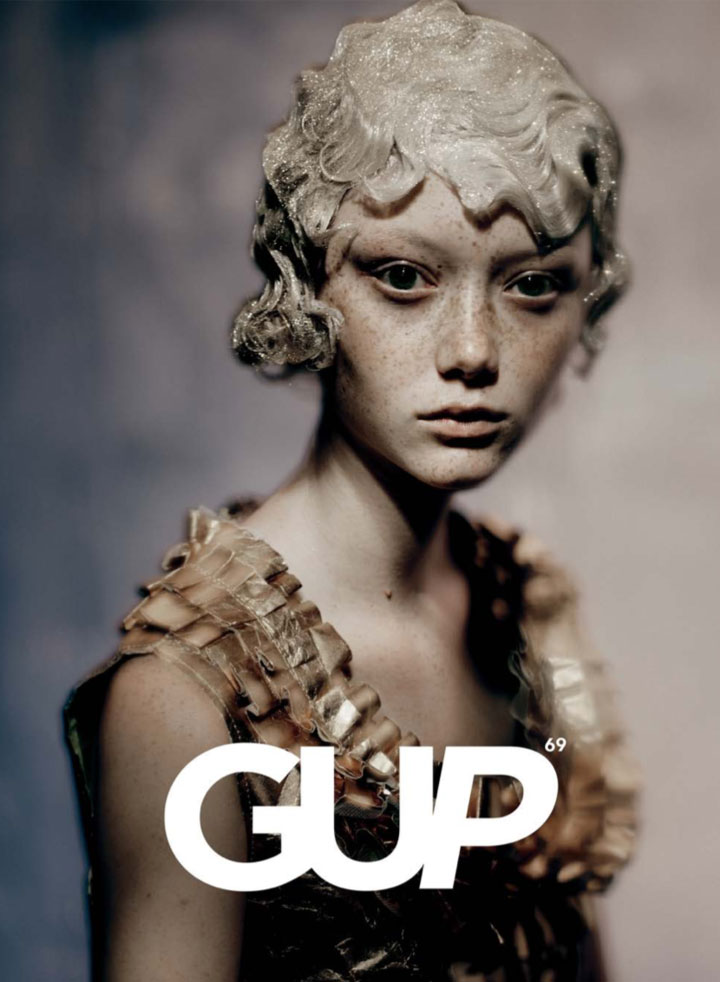UNCURBED ENTHOUSIASM
CREDITS
GUP Author
ERIK VROONS
When I saw the photograph of Munkacsi of the black kids running in a wave I couldn’t believe such a thing could be caught with the camera. I said damn it, I took my camera and went out into the street, said Henri Cartier-Bresson. This was a man who couldn’t leave the house without his camera, someone open to all the surrounding stimuli a subject, a situation, a scene. Although perhaps less streetwise than, say, Garry Winogrand or William Klein, Cartier- Bresson was nevertheless among those ‘professional’ weirdos wasting film on random strangers.
What all these men had in common was that they could capture a moment as it passed. Like the Surrealist fascination with the accidental stumbling-upon-things or the post-structural performance act of the ‘derive’, street photography can also be understood as an approach to photography rather than a location. Alternatively, it is referred to as ‘no rules photography’. Anything goes as long as it is about seeing the mundane with fresh eyes, with no particular plan in mind other than welcoming everyday life as it occurs.
The street has always had a particular allure for artists. It is the terrain of social encounters and political protest; it contains sites of domination and resistance, places of pleasure and anxiety. Importantly, however, this charm also goes hand in hand with a certain involvement that divides the actual street photographer from the happy-snapping masses. For Winogrand, prowling the streets of New York and Los Angeles with his Leica from the 50s to the early 80s, it wasn’t just about taking random pictures. More essentially, as he explained himself, he wanted to see how the world looked in photographs. He was enchanted by the mundane, seeing the ordinary turn into the spectacular.
As almost everyone can be defined as a picture-taker or an image-maker nowadays, it has become harder to identify a ‘street photographer’. Were he still alive and out on the streets today, Winogrand would have a hard time taking a picture which didn’t include somebody who is also taking a picture. But he would never acknowledge them as his peers, as they are not of that rare species that is constantly switched ‘on’, always on the lookout and ready to pounce on its prey. They are not the type that would see a situation on the other side of a busy intersection and, ignoring traffic, run across the street to get the picture. They lack the need to be as much concerned with imparting their own vision of the world as they are focused on describing the subjects they depict. Hence, even when literally on the street, with a camera, most people cannot be defined as ‘street photographers’.






